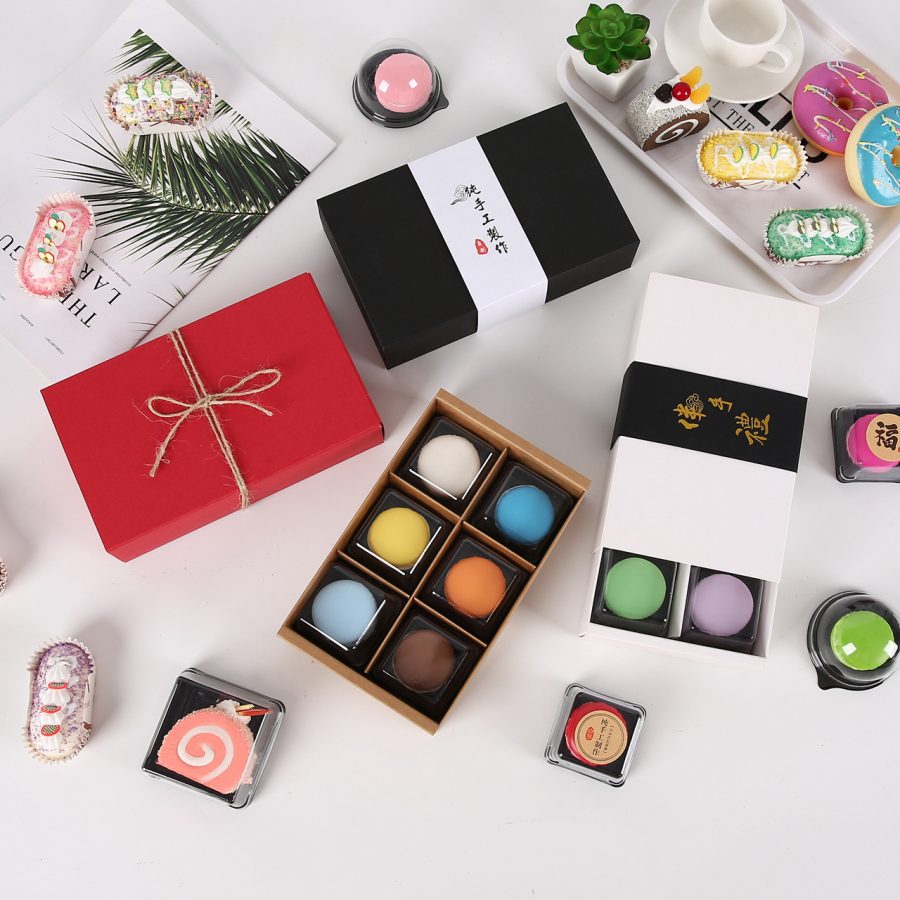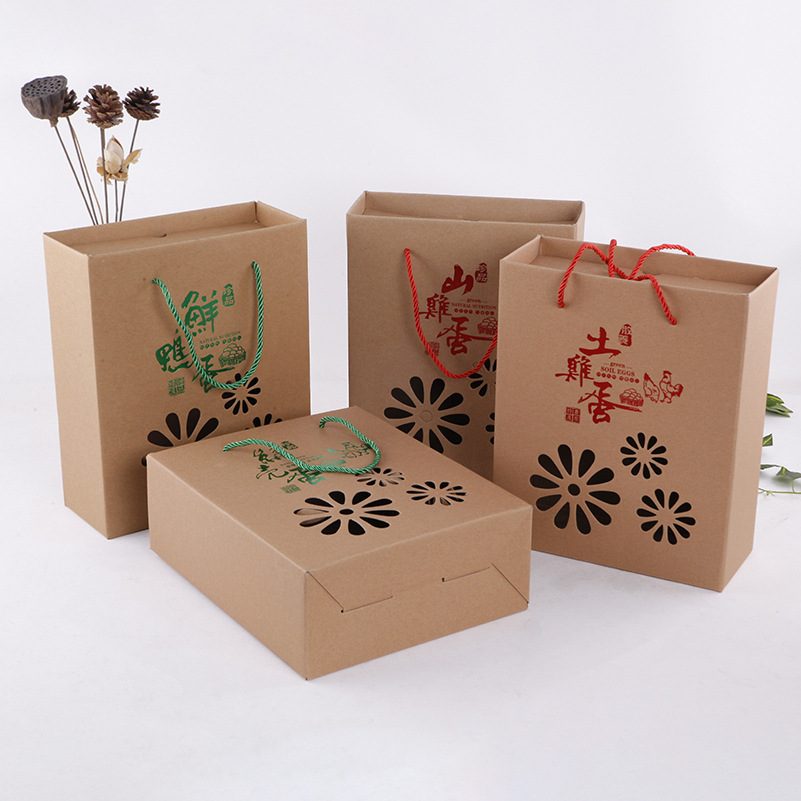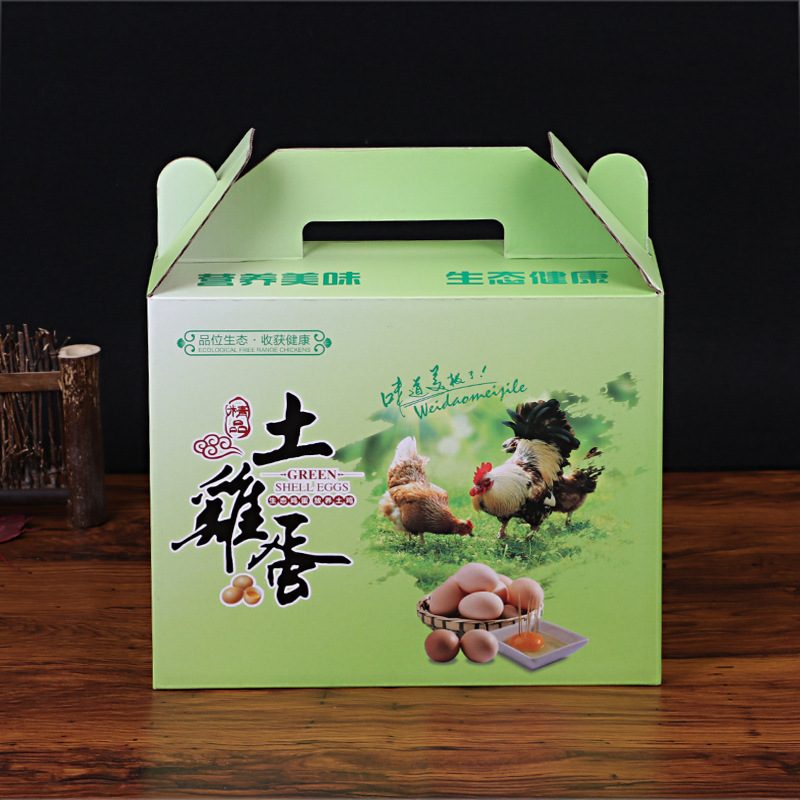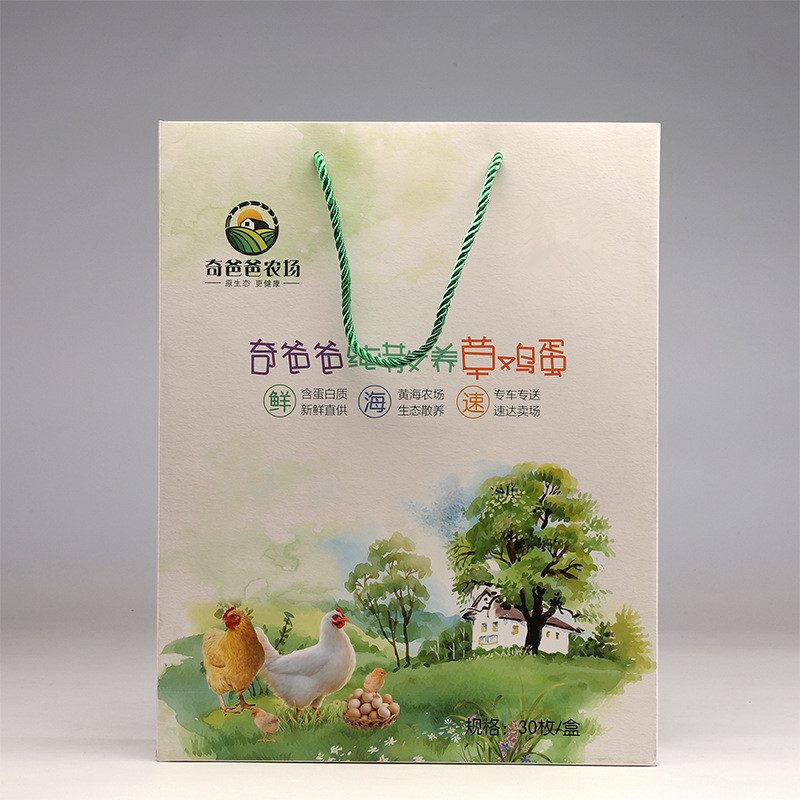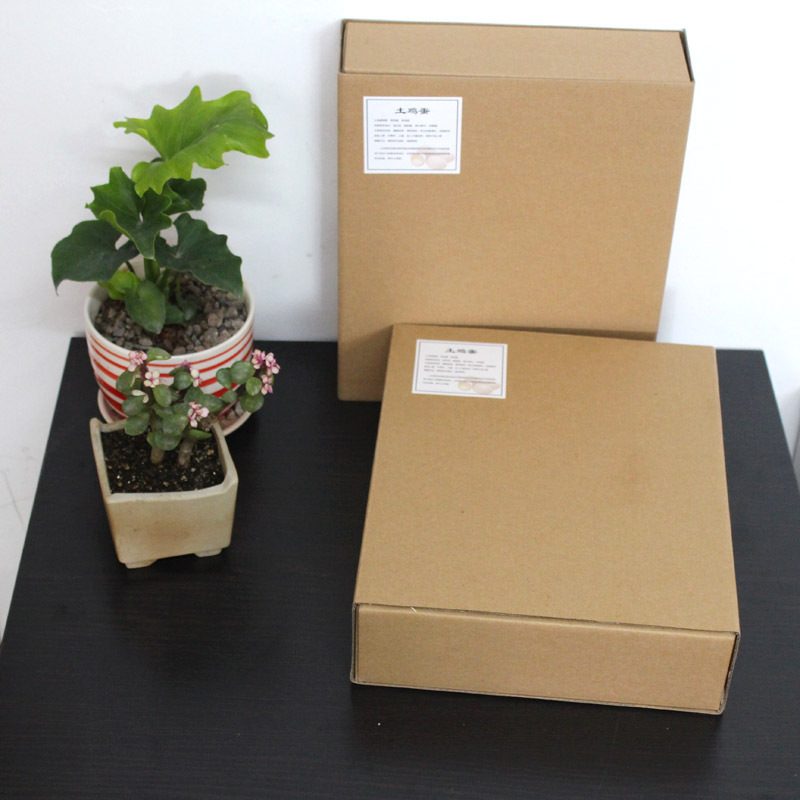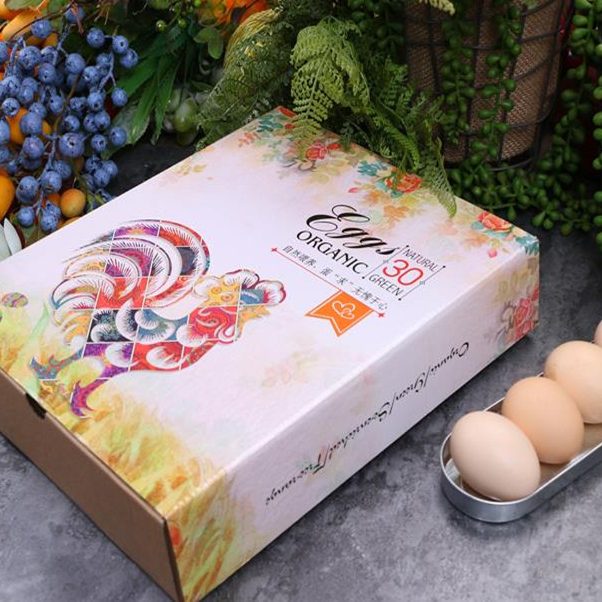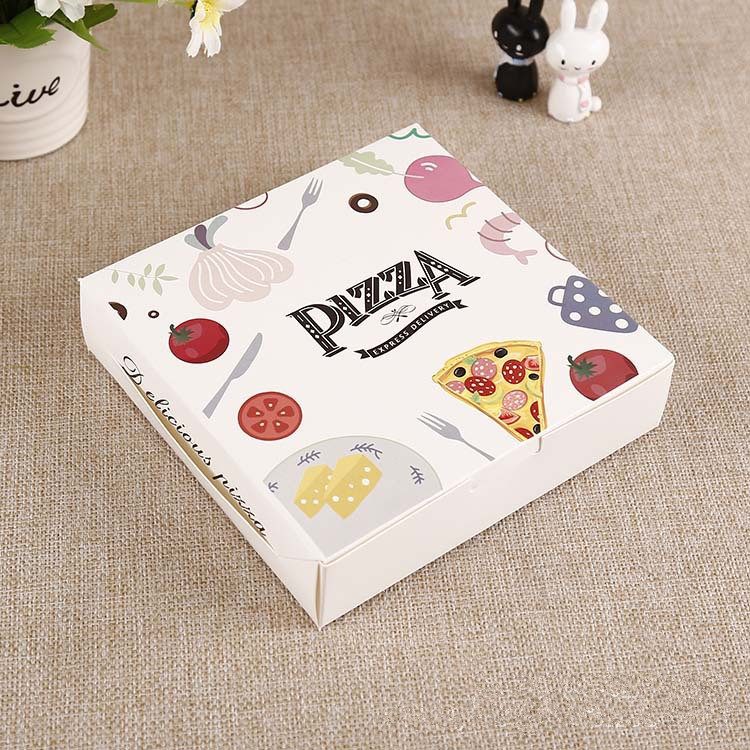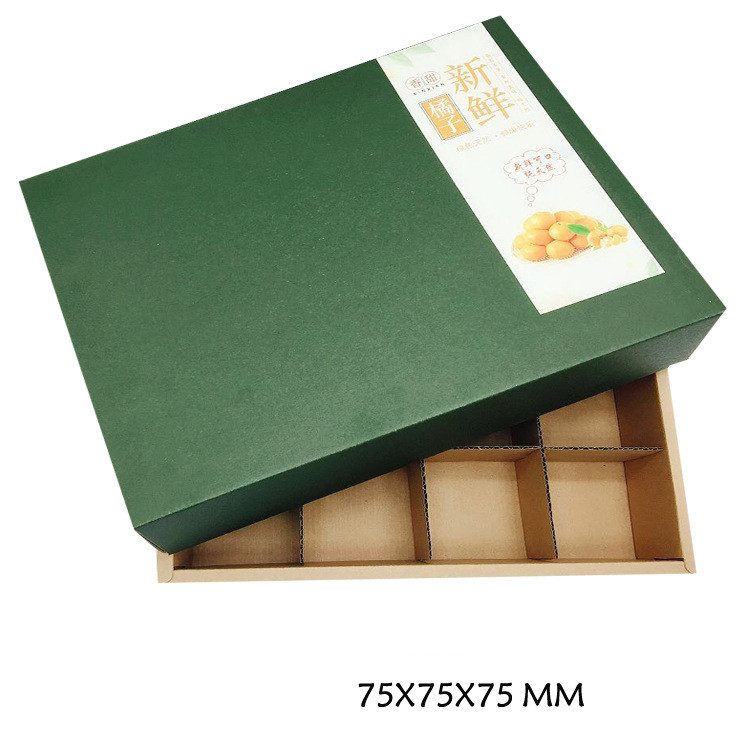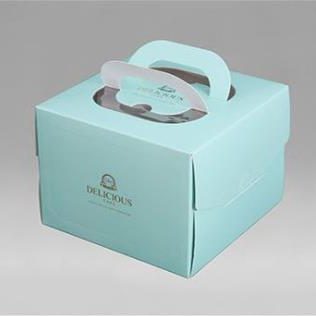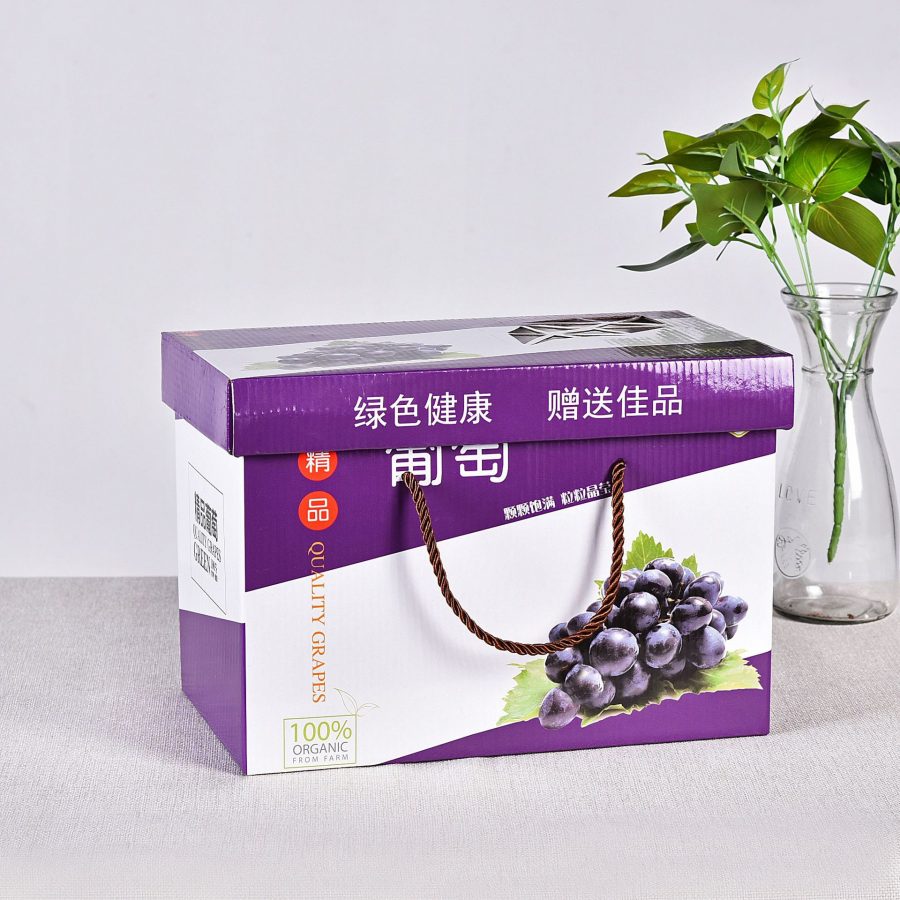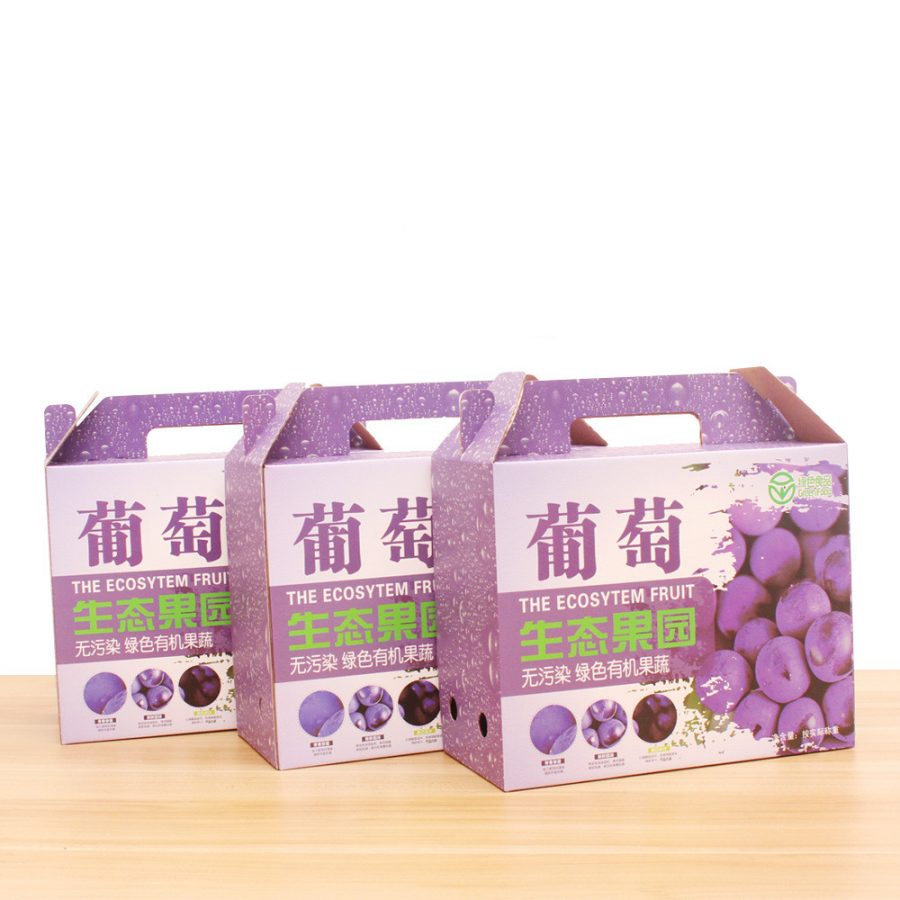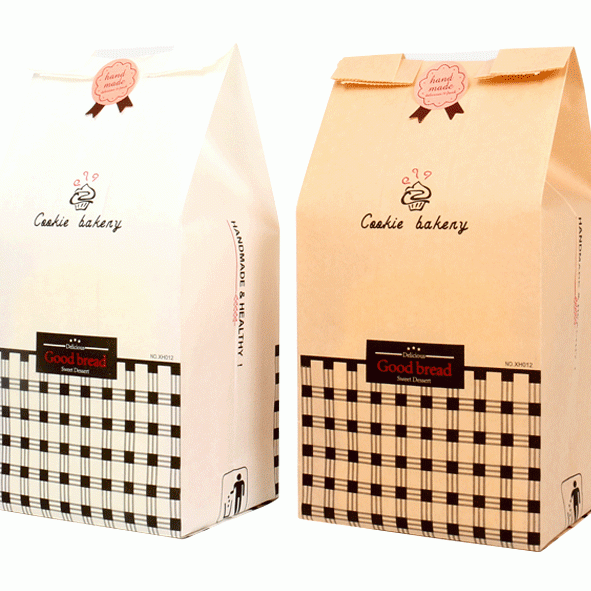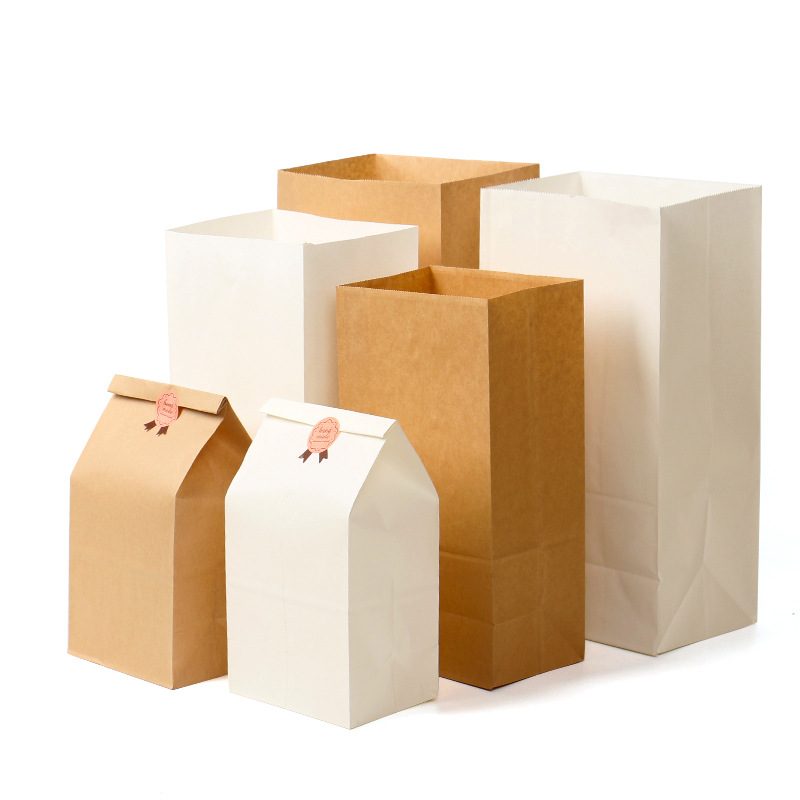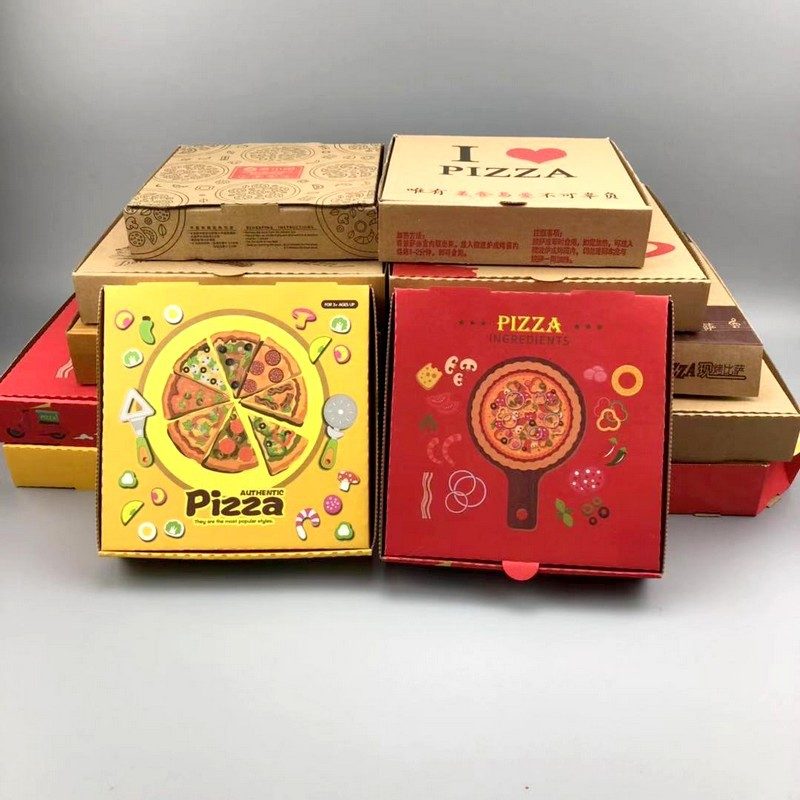Concept
Food packaging is an integral part of food products. One of the major projects in the food industry process. It protects the food, prevents the damage of biological, chemical and physical external factors during the circulation of the food from the factory to the consumer. It can also have the function of maintaining the stable quality of the food itself, which is convenient for food consumption. It is also the image that first expresses the appearance of food and attracts consumption, and has value other than material cost. Therefore, food packaging processes are also an integral part of food manufacturing systems engineering. But the versatility of the food packaging process makes it a relatively independent self-system.
Application field
The process of using plastic packaging food products mainly includes four industrial sectors: the first industry refers to the production of plastic resins and films. The second industry is the processing industry for flexible and rigid packaging materials, the third industry is the packaging mechanization production industry, and the fourth industry is the food processing industry. In the first industry, petroleum, coal, natural gas and other raw materials are used to synthesize polymerized low molecular compounds, which are then polymerized into various resins. This is processed into a single or multi-layer composite film for use in food processing plants.
Basic classification
Food packaging can be divided into metal, glass, paper, plastic, composite materials, etc. according to packaging materials. It can be divided into cans, bottles, bags, bags, rolls, boxes, boxes, etc. according to the packaging type, which can be divided into cans according to the packaging method. , bottled, encapsulated, bagged, wrapped and filled, integrated, sealed, labelled, coded, etc.; can be divided into inner packaging, secondary packaging, tertiary packaging according to product level.
Due to more attention to food safety and higher requirements, some countries have strengthened the regulation of food packaging. The implementation of nutritional standards and regulations, indirect additive regulations, etc. to promote degradable packaging, electronic scanning barcodes, etc., are promoting the new development of food packaging.
There are many ways to classify food packaging. According to the technical method, it is divided into: moisture-proof packaging, waterproof packaging, mildew-proof packaging, fresh-keeping packaging, quick-freezing packaging, breathable packaging, microwave sterilization packaging, aseptic packaging, pneumatic packaging, vacuum packaging, deoxidizing packaging, blister packaging, and body packaging. Stretch packaging, retort pouch packaging, etc. The above various packages are made of different composite materials, and the packaging characteristics are corresponding to different food requirements, and can effectively protect food quality.
The main function
1. Protect food and extend the shelf life of food
(1) Protecting the appearance quality of foods to produce certain economic benefits
Foods are transported, handled, transported and stored throughout the circulation process, which may cause damage to the appearance quality of food. After the food is packaged inside and outside, the food can be well protected from damage.
(2) Protecting the original quality of food and extending the shelf life of food
The quality of food changes and deteriorates throughout the circulation. The food itself has certain nutrients and moisture, which is the basic condition for the production and reproduction of bacteria, mildew, yeast, etc. When the temperature of food preservation is suitable for their reproduction, the food is spoiled and deteriorated. If the food is aseptically packaged or packaged for high temperature sterilization, refrigeration, etc., it will prevent food spoilage and prolong the shelf life of the food.
At the same time, the food itself has a certain amount of water, and when the content of the water changes, it will cause changes or deterioration of the flavor of the food. If the corresponding moisture-proof packaging technology is adopted, the above phenomenon can be prevented, and the shelf life of the food is effectively extended.
In addition, when food is in circulation, it is easy to cause food to oxidize when exposed to direct sunlight and light, and at high temperatures. Discoloration, odor and other phenomena, such as the use of corresponding vacuum packaging, inflatable packaging and other technologies and corresponding packaging materials. It can also effectively extend the shelf life of packaged foods.
2. Packaged food is convenient for circulation
Some packages are containers for food circulation. Such as bottled wine, beverages, canned cans, field-packed milk powder, etc., these packaging bottles, cans and bags are not only packaging containers. It is also a transfer of food circulation and sales. It brings great convenience to food circulation
3. Increase the variety of convenient foods
Some convenience foods have a local flavor, and they can only be circulated after being packaged. Make local famous foods communicate and increase people’s daily food types.
Moreover, fresh foods, such as quick-frozen dumplings, packaged meals and preservation techniques, can be easily eaten by people.
4. Prevent food contamination, convenient cooking food, using special packaging technology
When the food is in circulation, it must be in contact with the container and the human hand, and the food is easily contaminated. The packaged food can avoid this phenomenon and is beneficial to the health of the consumer.
5. Promote the rationality and planning of food circulation
Some fresh foods are prone to spoilage and are difficult to transport at a distance. For example, fruits and aquatic products, such as canned food, can reduce waste, reduce transportation costs, and promote the rationality and planning of food circulation. .
6. Promote food competition and increase food sales

